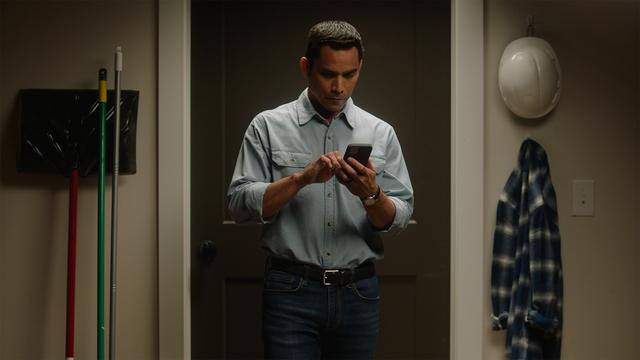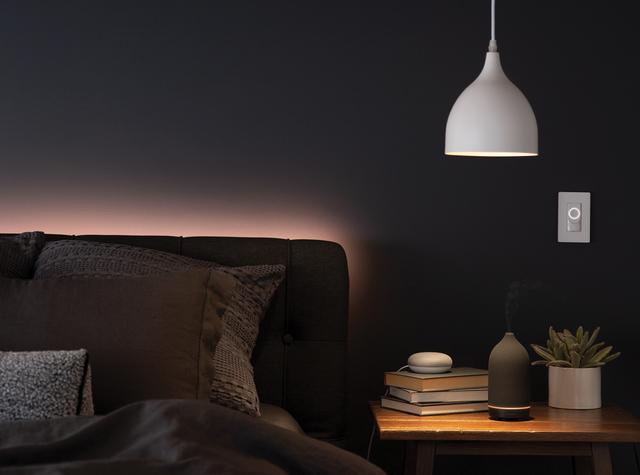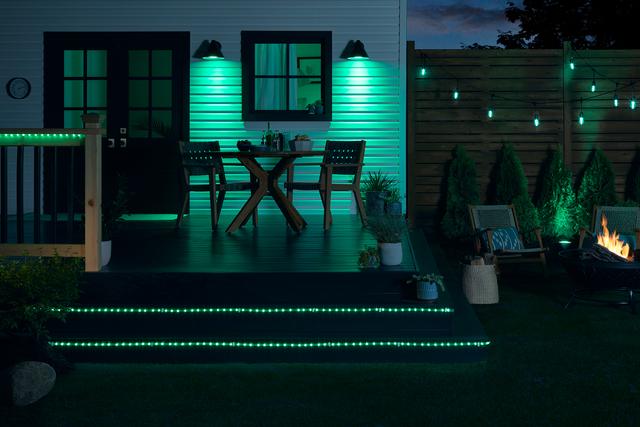If you’ve already begun experimenting with smart tech, you know that these innovations can make your life so much more seamless, help keep you on schedule, and offer unprecedented control, wherever you are. But you may be wondering how you can make your smart home secure from data breaches or other violations of your privacy.
We’re glad that you’re interested in cyber security—in recent years, it’s become a more mainstream concern, and for good reasons. As we developed our whole ecosystem of smart home devices, this was a topic we invested a lot of time and thought into. We make security a priority so you can enjoy your Cync devices with the utmost peace of mind, and with the knowledge that your personal information is safe.
For that reason, we’re sharing some of the simple steps you can take to set up the best defenses against people with harmful intentions.
Ensure Your Wi-Fi Network Is Secure
Wi-Fi probably plays a bigger role in your home than you even realize. Beyond loading your web pages or helping you stream your favorite shows, many smart products (think smart outdoor cameras and smart plugs) have to be connected to Wi-Fi for optimal service.
When you first receive your Wi-Fi router, it’ll probably arrive unsecured, or it will come with a weak default password. This means strangers could potentially access the devices that are connected to your router, and they may be able to interact or engage with your sensitive information.
Luckily, it’s pretty easy to secure your Wi-Fi network. Just make sure to program it with your unique network name and a strong password (as opposed to using the factory set default password), and you should be in good shape. Avoid using your first or last name, or your street address when naming your network. This makes them too easy to identify. Spoiler alert: we’ll talk about this more in our next big tip!
Another easy way to safeguard your info is to separate your Wi-Fi network so that you have one option for your personal devices, and a different one for guests to log onto. Some experts suggest adding your smart home devices to your guest network because (in the awful event that you do get hacked) any malware that infects those devices is unlikely to also infect the devices on your main network.
Make Passwords Strong and Unique
We know it’s tempting to use “password123” for every device that requires a login. But you’re opening yourself up to the hackers who are familiar with the general public’s go-to credentials.
Instead, we recommend creating unique passwords for your different devices. Aim for strings of words and phrases that are about 12 characters long and that contain a mix of uppercase letters, lowercase letters, numbers, and special characters. Many web browsers offer extensions that will help you encrypt these passwords for optimal safety.
We also recommend staying away from some of the more obvious password inspirations. Dates like your wedding anniversary or birthday could potentially be found on the web, and same with pets’ names if you’re active on social media. While you may want to simply pay homage to Fluffy with your password, you might instead be making easy work for cyber criminals.
Use Multi-Factor Authentication
Whenever possible, we recommend adding multi-factor authentication to your logins. This might mean that you have to enter a code that’s sent in a text to your cell phone or confirm information shared with the email linked to your account. While this can feel like an unnecessary headache, just one extra step can help deter criminals from continuing their crimes. Plus, this procedure can sometimes give you a heads-up when someone is trying to log in to your account without your permission.
You should also take advantage of your tech’s face and fingerprint scans. Because these features are one of a kind, this is a simple way to ensure that you—and only you—can get into your devices.
Ensure Smart Home Devices Are Up to Date
Maybe you’ve received (and even ignored!) notifications from your various apps telling you when software updates are available. You may have also seen update information featured on tech manufacturers’ websites.
While the new, updated features may not seem like anything super exciting, they often include improved security measures. Tech companies are learning every day, and they advance their offerings accordingly. So, it’s best to implement the measures they recommend, especially because they build on previous models. For example, we love when we get to enhance the customer experience and further strengthen the security on our CYNC smart home app!
Are Smart Home Devices Secure?
Typically, smart home devices are very secure, provided that you purchase your items from reputable manufacturers and follow the above steps. You should think of these actions as ways to secure your house—just like you would use smart cameras and smart sensors as extra safety measures—completing these more abstract tasks can help keep you, your family, and your sensitive information safe, too.
And of course, you’ll be glad to know that Cync products are often listed among the best smart home devices.
We hope you’ll enjoy a safer, smarter experience with your technology, and that you’ll pass this article along to anyone who could do more to secure their setup. If you have any other questions, feel free to contact us by visiting our Cync Support Customer Service online or by calling 1-844-302-2943.






